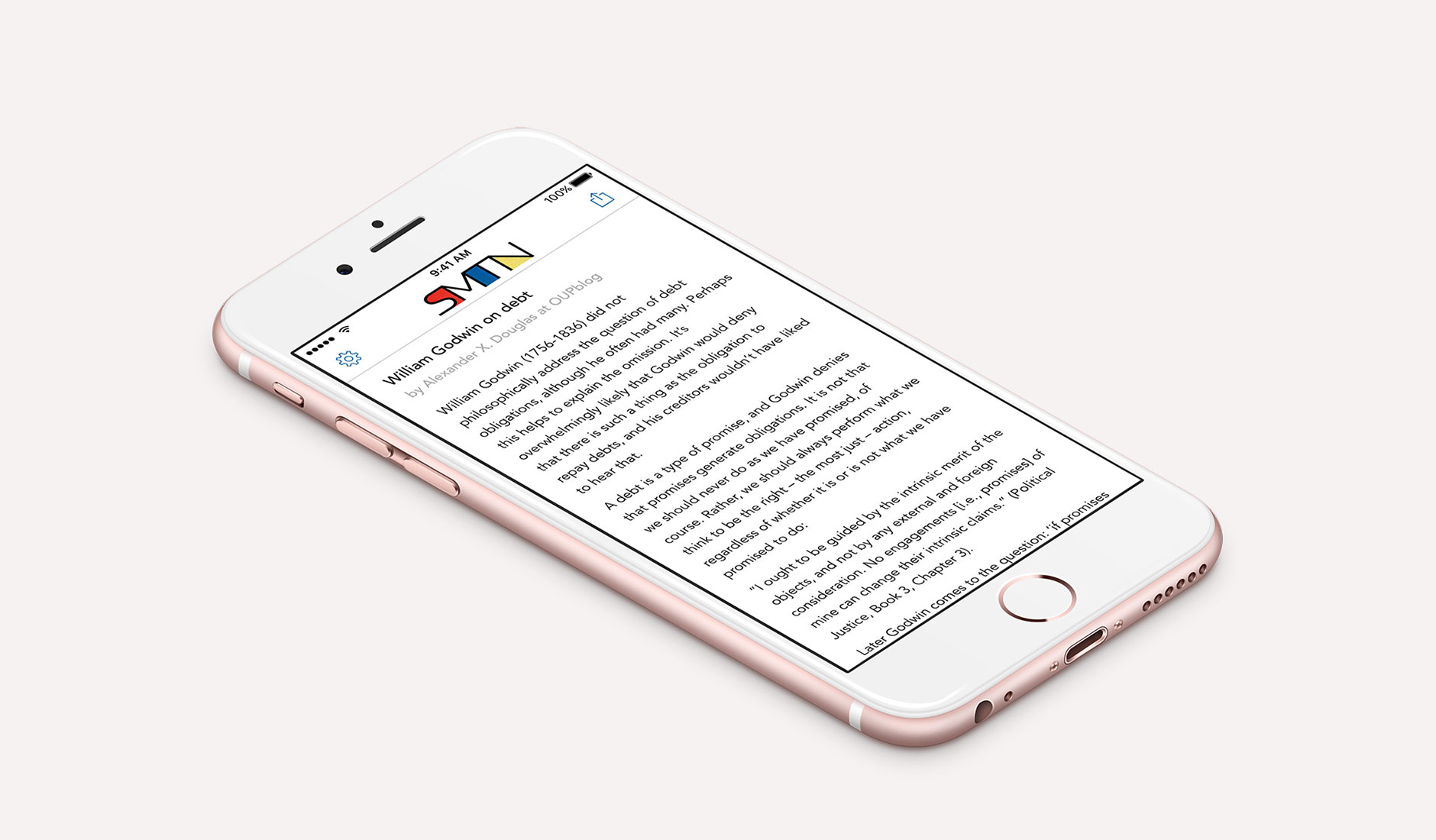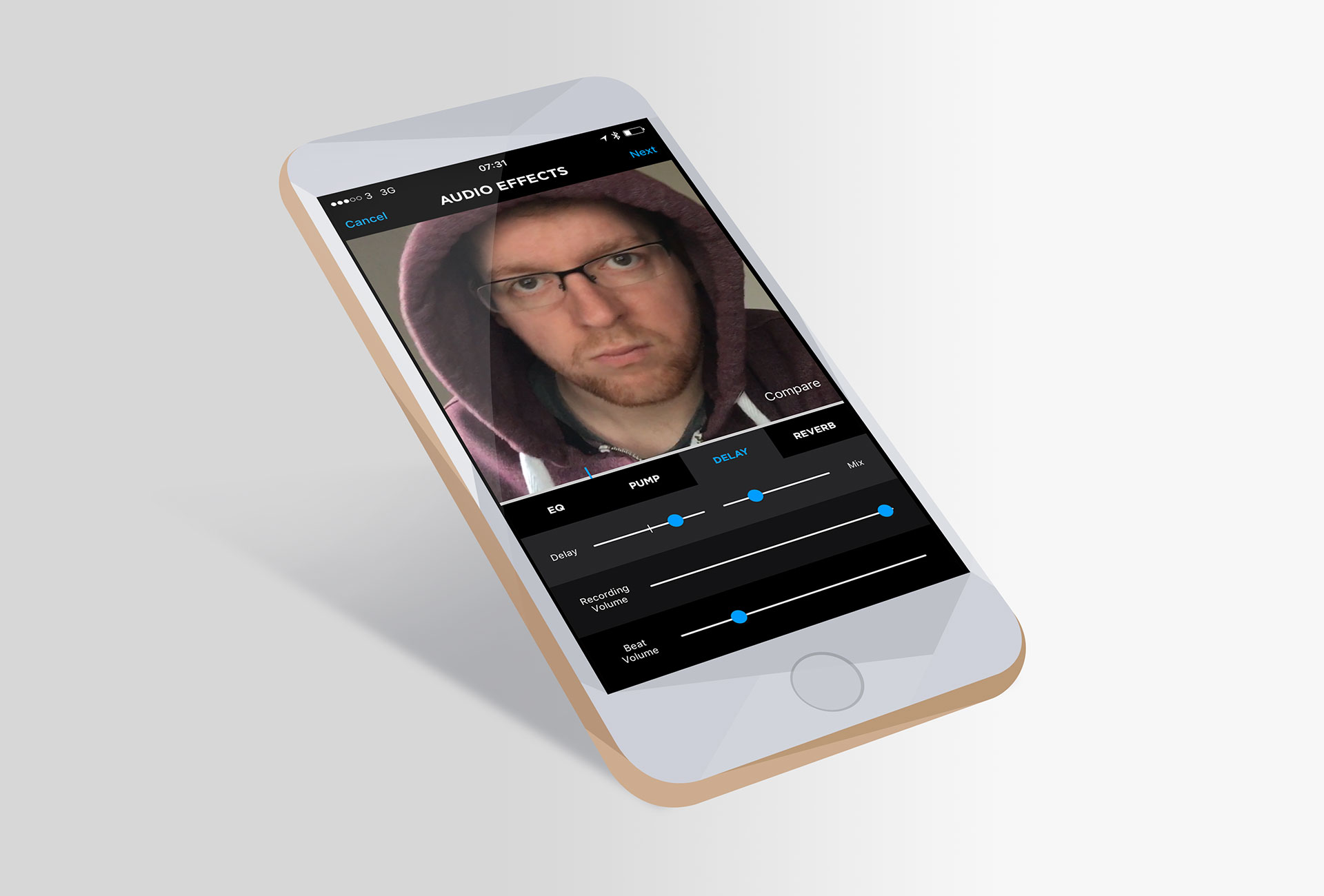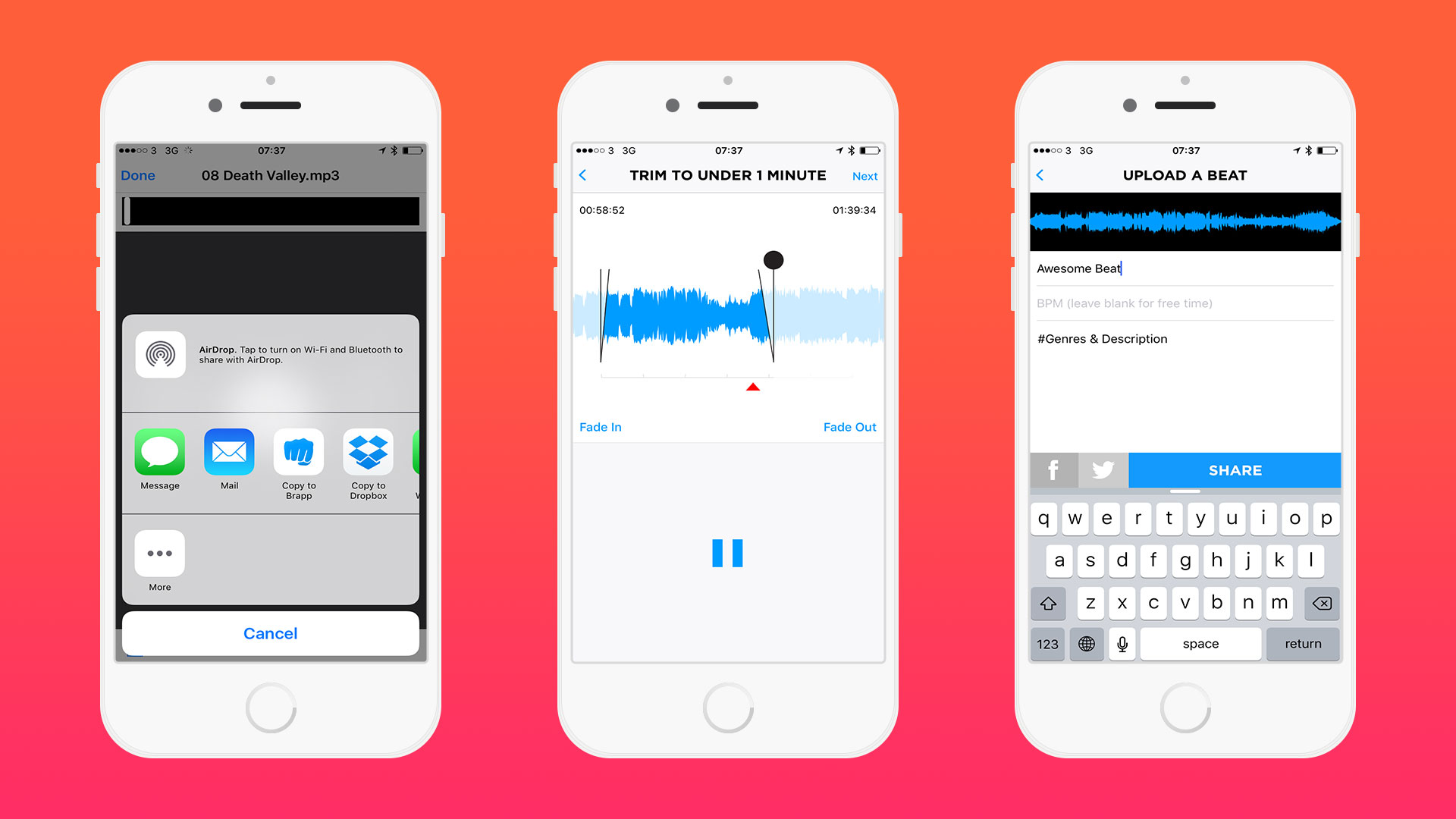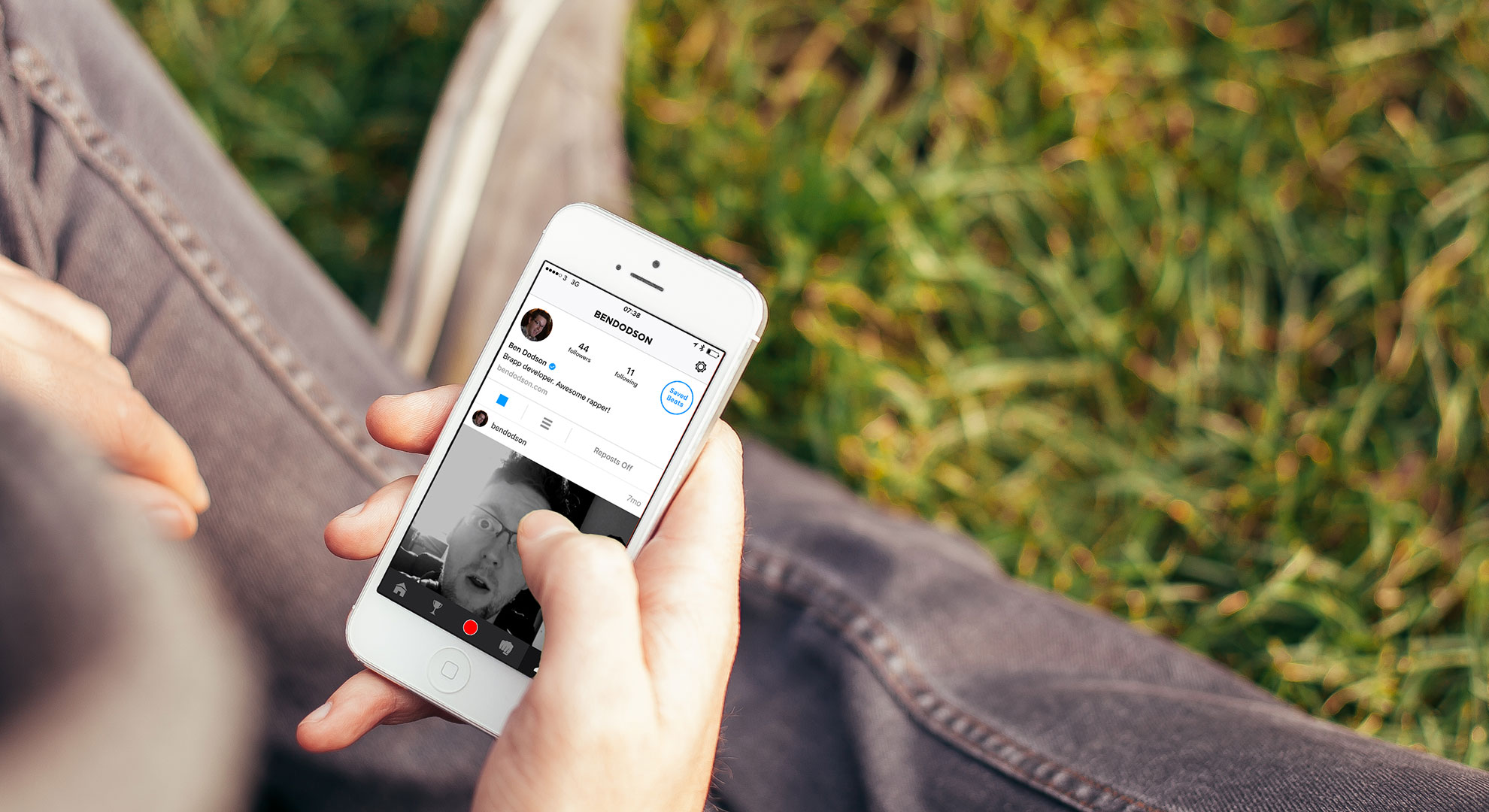Last night, the Government lost a vote in the House of Commons to change Sunday Trading Laws in the UK. I don’t usually blog about politics but Sunday Trading has been a big issue for me and, as a freelancer, I am incredibly disappointed that there will be no change in this ridiculously outdated law.
As it stands, there are restrictions on trading for shops over 280m². They may only open for 6 consecutive hours between 10am and 6pm and there are restrictions on loadings and deliveries. There are some exceptions (such as registered pharmacies, service station outlets, and farms) but pretty much all retail ceases in the UK at 4pm on a Sunday; go to any major supermarket at 3.50pm on a Sunday and you’ll find it packed as people rush to make their purchases before closing time. This is only a fairly recent development though; prior to 1994, the vast majority of shops couldn’t open at all on a Sunday! Thatcher tried to change this in 1986 but was defeated by Labour (protecting workers rights) and her own MPs (concerned with church attendence).
In his July budget after the 2015 election, George Osborne announced that the Government wanted to devolve control of Sunday Trading restrictions to local councils so they could decide whether shops could remain open for longer. I personally would have preferred a complete abolition of these rules (as happened during the run-up to the 2012 Olympic Games) but would have been happy with at least some move in the right direction. However, the vote was lost last night with Labour, the SNP, and 27 Conservative MPs voting against the motion.
I find this completely unbelievable in the modern age and massively hypocritical on the part of the SNP when Scotland have no restrictions on Sunday Trading. Opposition gathered around a “Keep Sunday Special” motto but to my mind there is absolutely nothing special about Sunday. In the past, you could argue on religious grounds but that is irrelevant in the UK today when Atheism has overtaken Christianity and the number of actual practicing Christians is on a massive decline (just look at Church attendance).
Commenting on the vote yesterday, Mike Cherry, the policy director of the Federation of Small Businesses, said:
The current system can be seen as a great British compromise which allows families to spend time together, employees to work if they wish to, and provides much needed support for smaller retailers within their communities.
This is absolutely crazy. Families are not spending more time together because of these restrictions and Government should not be restricting free trade on this basis. It also isn’t supporting smaller retailers as large supermarkets have opened small stores on high streets to get around these restrictions. There is already sufficient protections against working on Sundays for workers which would not have changed with this bill. All this has done is penalise workers who wish to work longer hours on a Sunday and consumers (many of whom may also work on a Sunday) from making their purchases.
Consider a nurse, police officer, retail employee, or even a freelancer; if they finish their shift at 6pm on a Sunday, then they can’t go and do a weekly supermarket shop because the size of the store is deemed too big. I often work on a Sunday and then have to dash off to the local supermarket at 3.30pm when I realise I haven’t got any food for the evening. Whilst there are smaller newsagents or even smaller versions of supermarkets such as Tesco Metro, these often charge higher prices or don’t have the same amount of choice.
There is also the issue of online shopping; it is perfectly acceptable for somebody to make a purchase online at 7pm on a Sunday night but it isn’t legal for a retailer to sell them something from a physical building larger than 280m² outside of specific hours.
At a time when the economy needs a boost and there are regular complaints about a lack of jobs, it seems to me utterly stupid that there is a law preventing large retailers from creating more jobs. Whilst a separate issue, I’ve never understood why banks aren’t open after around 1pm on a Saturday; there are plenty of people who need work and it seems to me that opening for more hours would solve this.
Whilst I identify as a Conservative, I’m really more of a Libertarian. I believe the Government should have as little to do with people as possible and this is one of those areas where it really shows; a Government should not be able to stop a shop from selling goods at a certain time because of the size of the building it operates from. Scottish politicians should not be able to prevent shops in England from creating more jobs.
Sunday isn’t special. It is no different from any other day, especially if you are a shift worker or a freelancer that works whenever they can.
It is time for Sunday Trading restrictions to be totally abolished.

 As well as completely designing the app and the functionality, I was also asked to design the app icon and logo with a simple single sentence brief: “I admire the art of
As well as completely designing the app and the functionality, I was also asked to design the app icon and logo with a simple single sentence brief: “I admire the art of 

